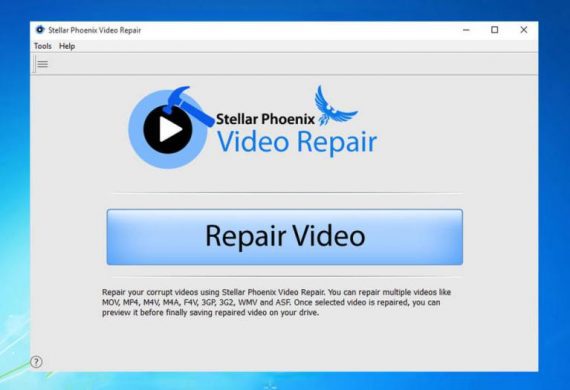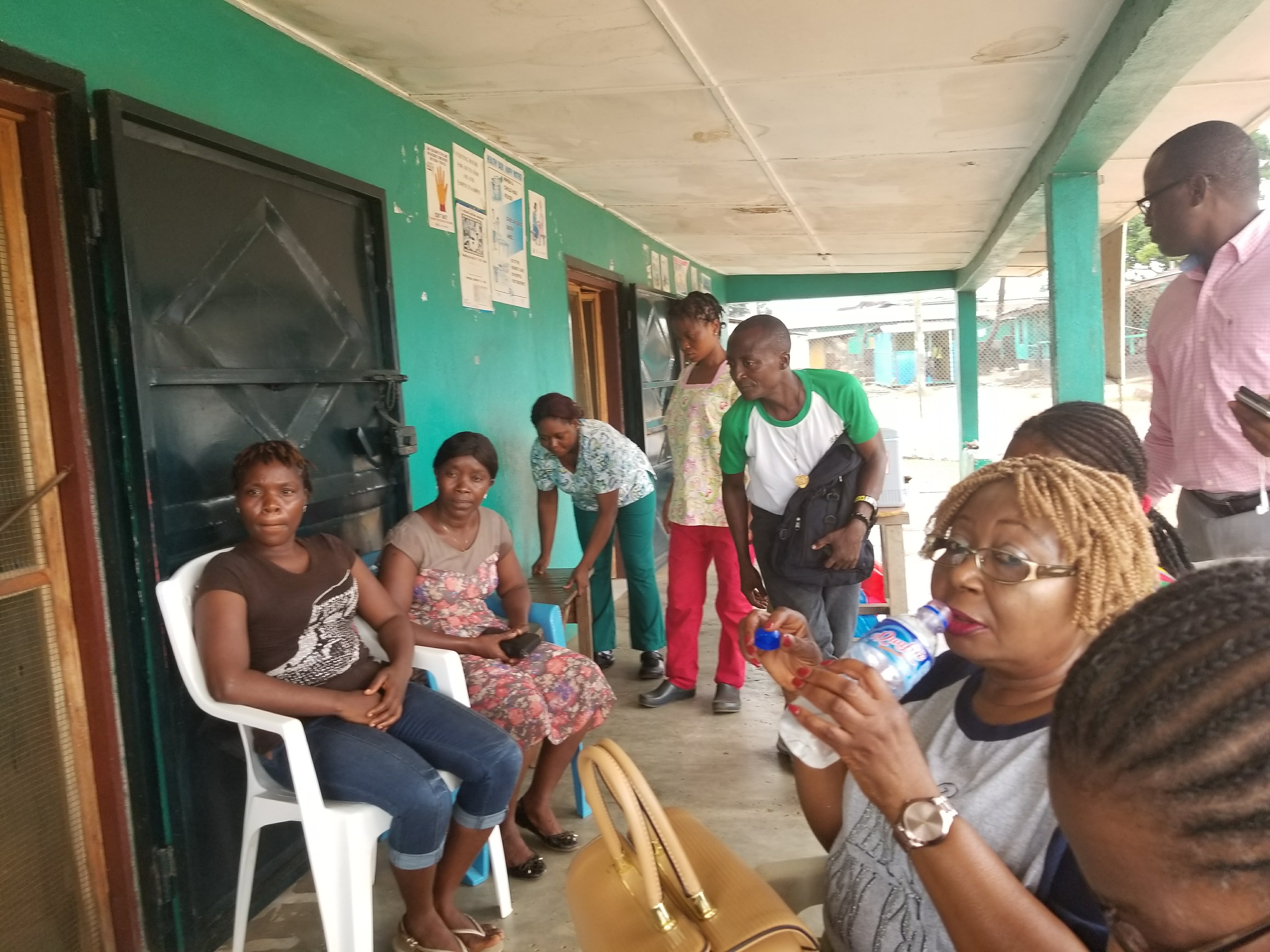

"We didn't have a digital platform," said St.

"IVinci said they thought they could create one." Luke's senior director of revenue cycle, Michael Rawdan. So iVinci built an online payment portal called VisitPay.īefore teaming up with iVinci, St. Luke's, like pretty much every other health system, didn't know much about the link between ease of payment and its own bottom line. Luke's learned it could save a lot on collections by installing a system for paying bills that was easier on the consumer. "The poorer the experience, the more expensive it is for the organization - on the order of three to four times more expensive - just the cost of servicing the account," Rawdan said. The model for how iVinci built out the VisitPay system was collaborative, working with St. Luke's and allowing the system to test what worked and what didn't. IVinci also started working with other provider clients to customize its core platform. The health systems drove much of what went into the product based on their individual needs. "We provided a fair amount of input, with the intention that it would totally replace our system." That ability to help design what VisitPay would allow patients to do was a main selling point for another client, Salt Lake City-based Intermountain Healthcare, said Todd Craghead, vice president of revenue cycle at the system. We worked closely with them over a few months with patient feedback through focus groups." "It's important for a vendor to come with, 'Here's a shell of the platform, and here's the functionality,' " St. Ivanoff said the features of the VisitPay system are mostly driven by clients, which in addition to St.


 0 kommentar(er)
0 kommentar(er)
